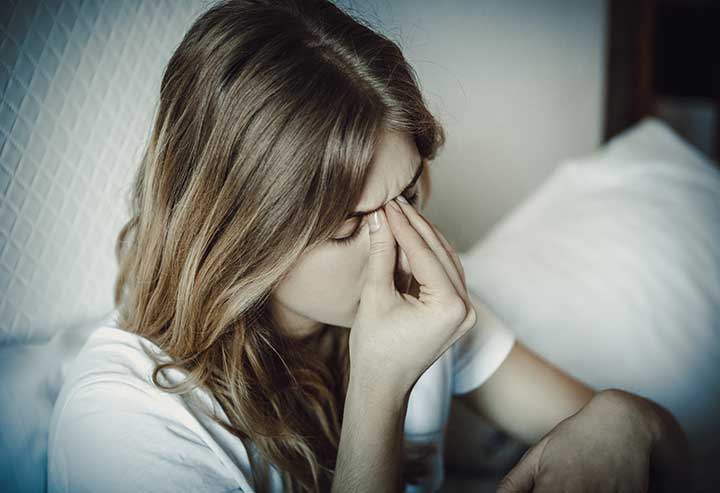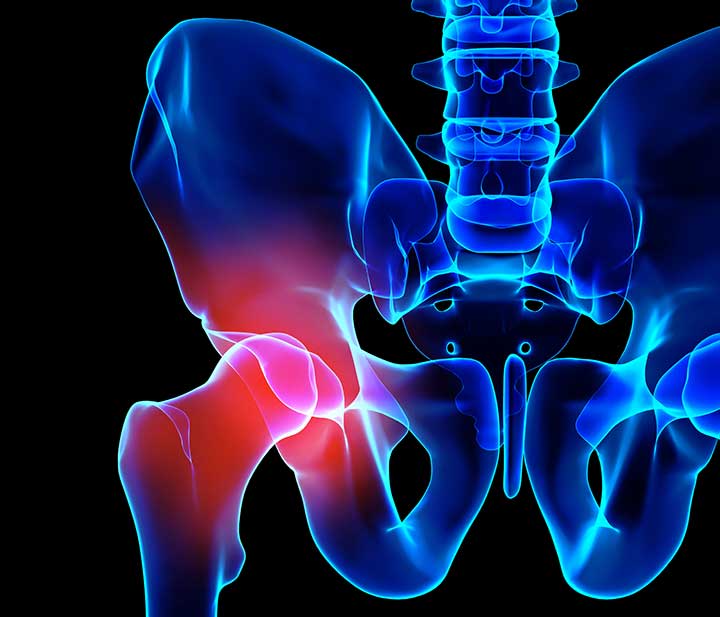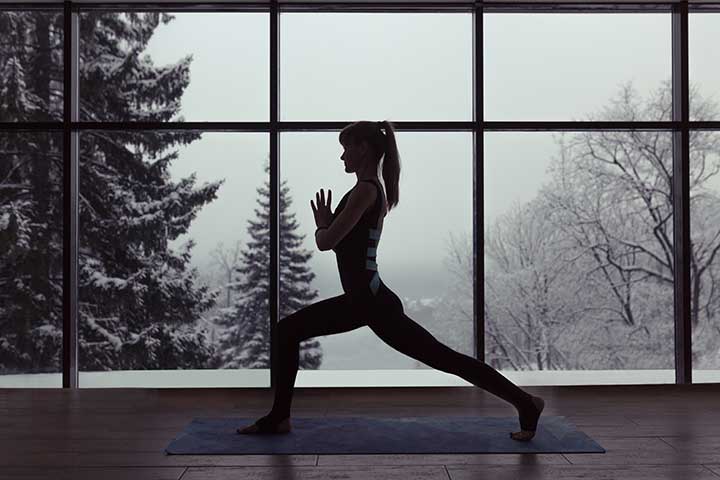Whether it’s a seasonal cold or a bit of lightheadedness, all of us at some point have had issues related to the ear, nose, and throat. Many residents in the Clear Lake, Texas, area label it as a “stubborn cold” or “exhaustion.” But, some of these common problems can have serious consequences if not addressed. At Houston Physicians’ Hospital, we know how serious an ENT problem can be, so we’ve laid out some signs that let you know it’s time to visit an ENT specialist as soon as possible:
- Sinus Pain
Hollow spaces in the facial bones that connect to the nose through narrow pathways are known as sinuses. Inflammation of these spaces can lead to sinusitis that can either be acute (lasting less than four weeks) or chronic (lasting more than 12 weeks). It is characterized by cloudy nose drainage, along with any one of the following:
- Nose congestion
- Heaviness in the head or specifically face
- A headache
- Loss of smell (chronic)
- Thick drainage (chronic)
Sinus pain can spread to the face, ear, teeth, and nose. While acute cases resolve with at-home treatments, chronic ones require referral to ENT specialists [2]. Furthermore, urgent referral becomes an absolute necessity in the presence of the following complications:
- Orbital sepsis
- Intracranial sepsis
If your symptoms persist for 10 days or more or improve for a short period of time before worsening, it is time to visit an ENT specialist. They will not only identify the exact cause of sinus pain, but also create a treatment plan.
A clinical study researching the efficacy of management strategies concluded that 50% of patients with sinus-headache pain can be benefited from otolaryngic management [2].
- Tinnitus/ Ringing in Ears
Hearing “phantom noises” like ringing, buzzing, hissing, or clicking in the absence of any external sound is known as tinnitus. While tinnitus isn’t very serious in most cases, it requires immediate attention if it is acquired after an upper respiratory tract infection, doesn’t improve within 10 days, or is accompanied by hearing loss.
If tinnitus becomes severe, it can even lead to disability. According to The College of Family physicians of Canada, tinnitus-related disability claims form the largest fraction of claims submitted to the Workplace Safety and Insurance board [3]. Visiting a Clear Lake ENT specialist when symptoms first occur can help prevent a case of tinnitus from becoming severe.
- Hoarseness
According to American Academy of Otolaryngology- Head and Neck Surgery, bouts of hoarseness are frequently reported, and almost one-third of the population experiences them at some point in their life [4].
While hoarseness is typically seen as a consequence of common cold, one should not forget that it could be an indication of a serious underlying issue. Typically, it is recommended to manage it conservatively for 4 weeks before referring to an ENT specialist. However, if symptoms become severe, it’s important to seek medical help as quickly as possible.
It can be hard to determine whether something is just the common cold or an ENT problem. If you notice severe cases of any of these signs, it’s time to schedule an appoint with one of Houston Physicians’ Hospital’s leading ENT doctors. Give us a call at (281) 557-5620, or visit us at https://www.houstonphysicianshospital.com/ear-nose-and-throat/.
- https://www.ncbi.nlm.nih.gov/pmc/articles/PMC1800997/
- https://www.ncbi.nlm.nih.gov/pubmed/25216102
- https://www.ncbi.nlm.nih.gov/pmc/articles/PMC6042678/







